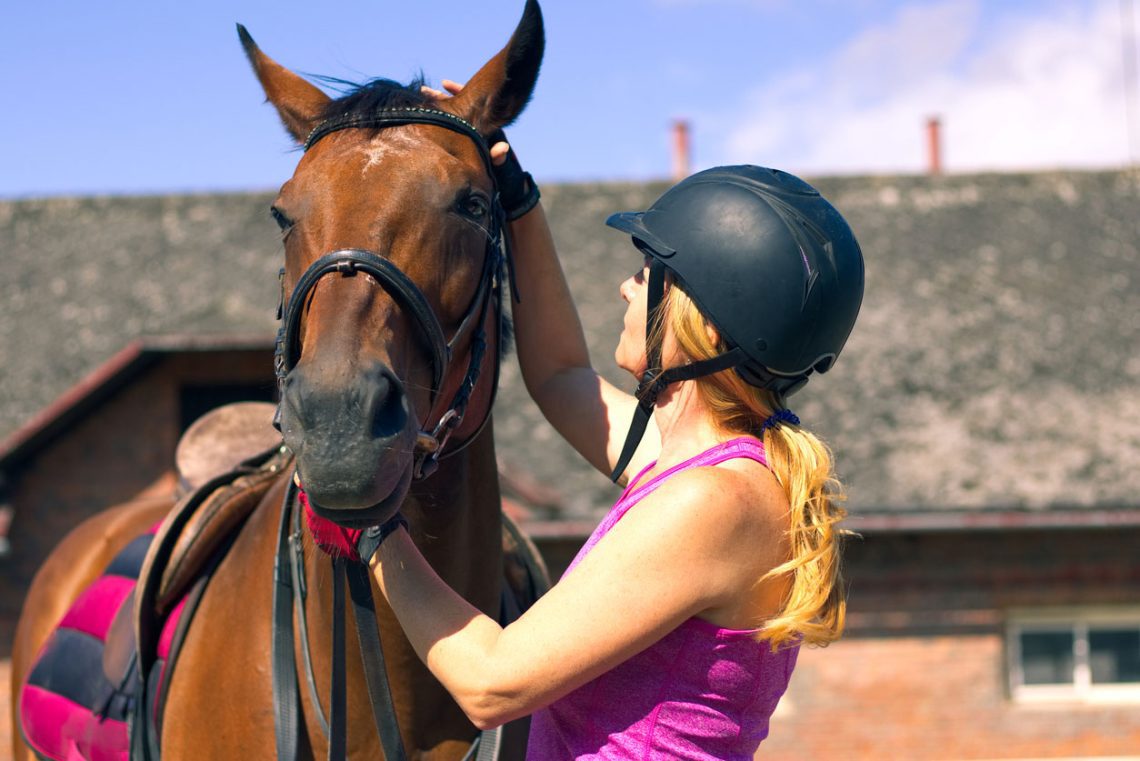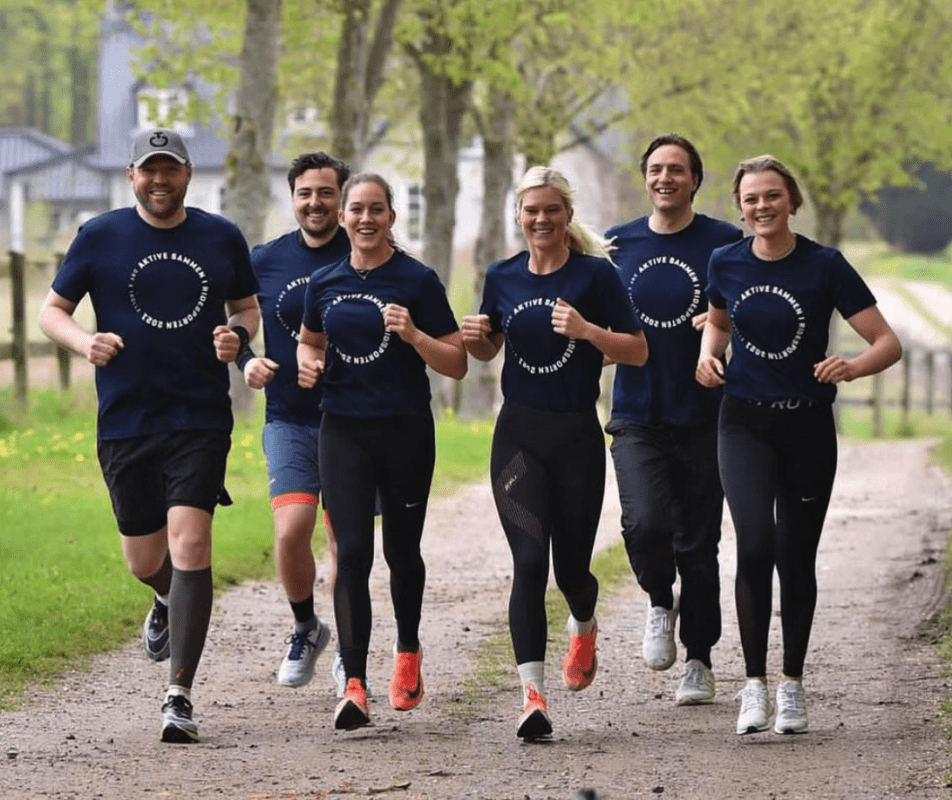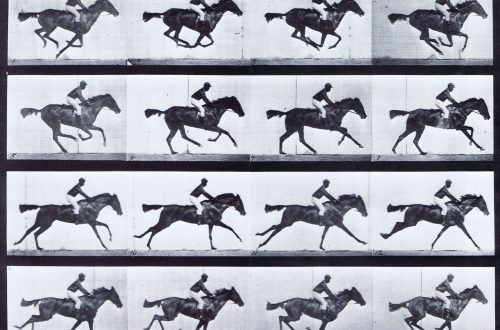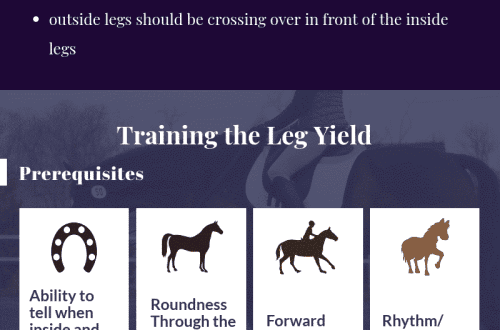
Rider Injuries: Prevention and Prevention

Catherine Dufort jogging with her team / Instagram photo of the athlete
We call the best veterinarians for our horses, carefully monitor their rehabilitation, resort to the help of physiotherapists and massage therapists. But what happens when it comes to ourselves? Often equestrian athletes do not pay attention to their own condition, they ignore injuries and their physical form. But is it right to do so? Definitely not.
Sasha Chelin – a qualified physiotherapist, as well as an expert in the biomechanics of the rider and horse. Being an athlete, Sasha knows how exhausting equestrian training can be at times.
“When I worked with rugby players and other athletes, I realized how different riders are from other athletes. Athletes of the equestrian world often do not pay due attention to their own rehabilitation and maintenance of physical fitness. They are terribly neglected”, says Sasha.
So how can a rider prevent injury? Sasha gave some advice regarding this problem. Of course, this will not save you from damage caused by a fall from a horse or a safety violation, but it will help to avoid muscle strain and overuse injuries.
1. Good warm-up
When was the last time you did a little exercise before getting on a horse? And when were you stretching and working on the flexibility of your own body?
All riders know that warming up is important to prevent injury to horses. The same rule applies to athletes. However, most of us do not adhere to it. Riders can patiently “warm up” the horse before intense work for 20 minutes, focusing on relaxation and stretching, but not at all paying attention to their own condition.
Remember: Proper warm-up is just as important for the rider as it is for the horse. It should be remembered that stretching should be done on “warmed up” ligaments.
Before training, you need to perform those exercises that activate your muscles. For riders, it is most important to warm up the muscle groups of the pelvis, buttocks, back and legs.
Good for this fitball exercises. There are some simple exercises that can be used as a warm up.
Squat
Place the ball between the wall and the lower back. Place your feet shoulder-width apart. Then bend your knees and lower yourself about 5 centimeters while maintaining the position of your shoulders and hips. Stay in the position for a few seconds and then get up again.
Ball Squats
Pick up a fitball and place your feet hip-width apart. Raise the ball above your head and then squat while moving your arms in front of you. Then – take the starting position.
Push ups
Lie on your stomach on the fitball and move your hands forward so that the ball is under your hips. In this position, slowly do push-ups. This will help warm up and strengthen your arms and shoulders.
You can also use special mat to do some exercises.
Lying stretch
Lie on your back and bend your knees. In this position, try to touch the floor with your knees, turning your lower body. While doing this, keep both arms outstretched to the sides.
Stretching in lunges
Place one foot on a small step. Bend your knee and lean forward. Feel the muscles in your legs stretch. Repeat the exercise several times, alternating legs.
There are also several exercises convenient to carry everywhere – They do not require special equipment.
“Woodcutter”
Stand with your feet shoulder-width apart. Stretch your arms at chest level and interlock your fingers. Raise your arms above your head for 30 seconds, and then lower them down to your hips. This exercise will help to activate the muscles of the arms and abdomen.
“On tiptoe”
Stand with your feet hip-width apart, then lift up on your toes and stretch up. Hold this position for a few seconds, and then return to the starting position. Repeat the exercise 10 times. This will warm up the calf muscles.
The most suitable exercises can only be identified by knowing the individual characteristics of the rider, so it would be best to consult a physiotherapist. The specialist will help you choose a warm-up program that will be aimed at working out all the weaknesses.
2. The right “hitch”
Jump off the horse and then immediately get into the car and drive home – ever done that? An abrupt end to a workout is undesirable for any athlete, be it a four-legged athlete or his riding partner.
After intense training, we put the horse down, let it cool down, and only then lead it back to the stable. Why shouldn’t an athlete do the same for himself?
Riders often forget about the cooling down period, which is one of the most important moments in injury prevention. It takes time for each of us to stabilize our breathing and heartbeat, and for our muscles and soft tissues to cool down. This is extremely important, especially if you spend a lot of time in a sedentary state after riding.
After completing the workout, you need to walk a little at a slow pace, stretch, and, possibly, stretch the muscles that are tense after training. Do not rush to immediately leave the stable – the time that you spend on a walk with a horse is just enough to cool your muscles.
«If you look at rugby players, in addition to the main training, they attend stretching and take a hot shower after. Riders do none of this. Even in a sport like golf, players are more aware of their condition.”, adds Sasha.
3. The importance of competent rehabilitation
Often, riders do not pay due attention to their injuries. A couple of days of rest, pain medication and back into the saddle – did you recognize yourself? If so, then you should not be surprised at the heavy sighs of medical workers after the next appointment.
Nevertheless, it is important to maintain the time required for rehabilitation. This may affect the likelihood of injury in the future. Even professionals need rest, treatment, and following all the proper instructions.
After all, not only injuries, but also the general weakening of the body associated with them, can cause stiffness in the saddle, pain during work and excessive muscle tension. And this is a direct path to the next injury.
4. Cross-fit is the key to health
Another key to injury prevention is to work and strengthen all muscle groups. This will help other sports. Riders need to primarily strengthen the muscles of the back and neck, as well as develop the tendons and ligaments of the legs.
For equestrian athletes, any sport that includes work with different muscle groups will be useful. It can be running or water fitness.
To choose the best sport for yourself, where you can work out all the muscle groups that are not involved in riding, you need to consult with a specialist. This is what many high-level European riders do – Charlotte Dujardin (UK) prefers stretching and yoga while Catherine Dufort (Denmark) works out in the gym. Moreover, before the Olympic Games, the athlete improved her physical fitness and endurance in boxing training.
Portuguese show jumper Louisiana Diniz, preparing for the Olympics, was engaged in swimming and gymnastics. In addition, she advises one of the easiest ways to improve breathing and endurance – race walking.
A good effect is given by exercises and workouts that improve the functioning of the cardiovascular system, for example, exercising on an exercise bike. This will help increase the stamina of the body.
And do not forget that the rider is also an athlete who needs a properly structured training, competent rehabilitation and good rest. Do not forget about your own condition and physical form, and then your workouts will become more productive, and your general condition will be better.





